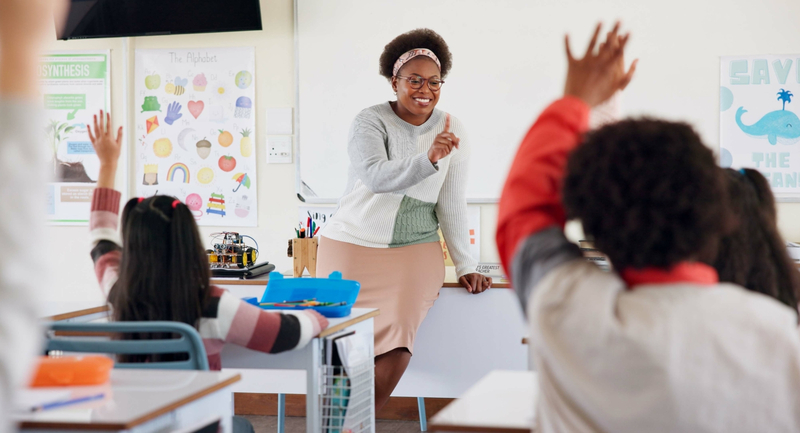Scores of books have been written about discipline in the classroom and how to design classroom rules to manage students. Building a productive learning environment is important, but those two words – discipline and management – put educators and learners on opposite sides of the table.
Discipline is defined in the Oxford Dictionary as a noun to mean, “The practice of training people to obey rules or a code of behavior, using punishment to correct disobedience. As a verb the definition is, “Train (someone) to obey rules or a code of behavior, using punishment to correct disobedience” and “Punish or rebuke (someone) formally for an offense” Looking at the definition of management we find, “the process of dealing with or controlling things or people.”
Schools need to separate the terms discipline and punishment. We should have discipline in our teaching and policies, guiding and supporting students as they grow. Teacher and administrators should recognize those social and emotional skills students are lacking and work to mediate them through instruction, not punishment.
Schools also should be clear and consistent in identifying expected behaviors and what success in those behaviors will look like. It is important to be clear not only on what behaviors should look like, but also in the contextual difference between appropriate behaviors. For example, the behavior of an audience at an orchestra concert and a jazz performance in the same school auditorium are difference and those differences should be clearly articulated and understood in advance. During a symphony it is considered inappropriate to applaud until the final note of the last movement of the piece. In jazz, applause is encouraged any time a soloist has done a good job.
Discipline is not one-size-fits-all. While a school-wide plan is necessary, the exact same consequence for every student regardless of individual context is rarely effective for all students. Make sure the intensity of the interventions matches the intensity of the presenting behavioral challenge; for some students, the general school-wide approach simply doesn’t match the necessary level of intensity.
It is important to treat every incident as a unique set of circumstances. The idea is to look at the individual situation and determine the most appropriate response without comparing it to other similar situations involving different students. Be equitable, not equal. Of course we know that there are students who require more intensive and/or individualized approaches to improving their behaviors.
School plans are best developed with student input. After all, it is their learning space as well as your teaching space. I remember as a middle school principal having a discussion about dress code with my student council. The issue at hand was length of shorts. A contingent of girls was arguing for fingertip length on shorts. I stood up and put my hands down to my sides, stretching my fingers as far as they could go and ask if there was anyone in the room who wanted to see me in shorts that short. Clearly that wasn’t what anyone wanted and a plan quickly evolved regarding shorts length that was the making of the group, not a mandate from the principal.
I am not arguing that classrooms should be organized in a manner resembling “The Lord of the Flies,” but beginning with a shared sense of ownership of the learning environment would be a good start. The goal shouldn’t be to control and punish learners, but rather to build an environment of trust and respect.








